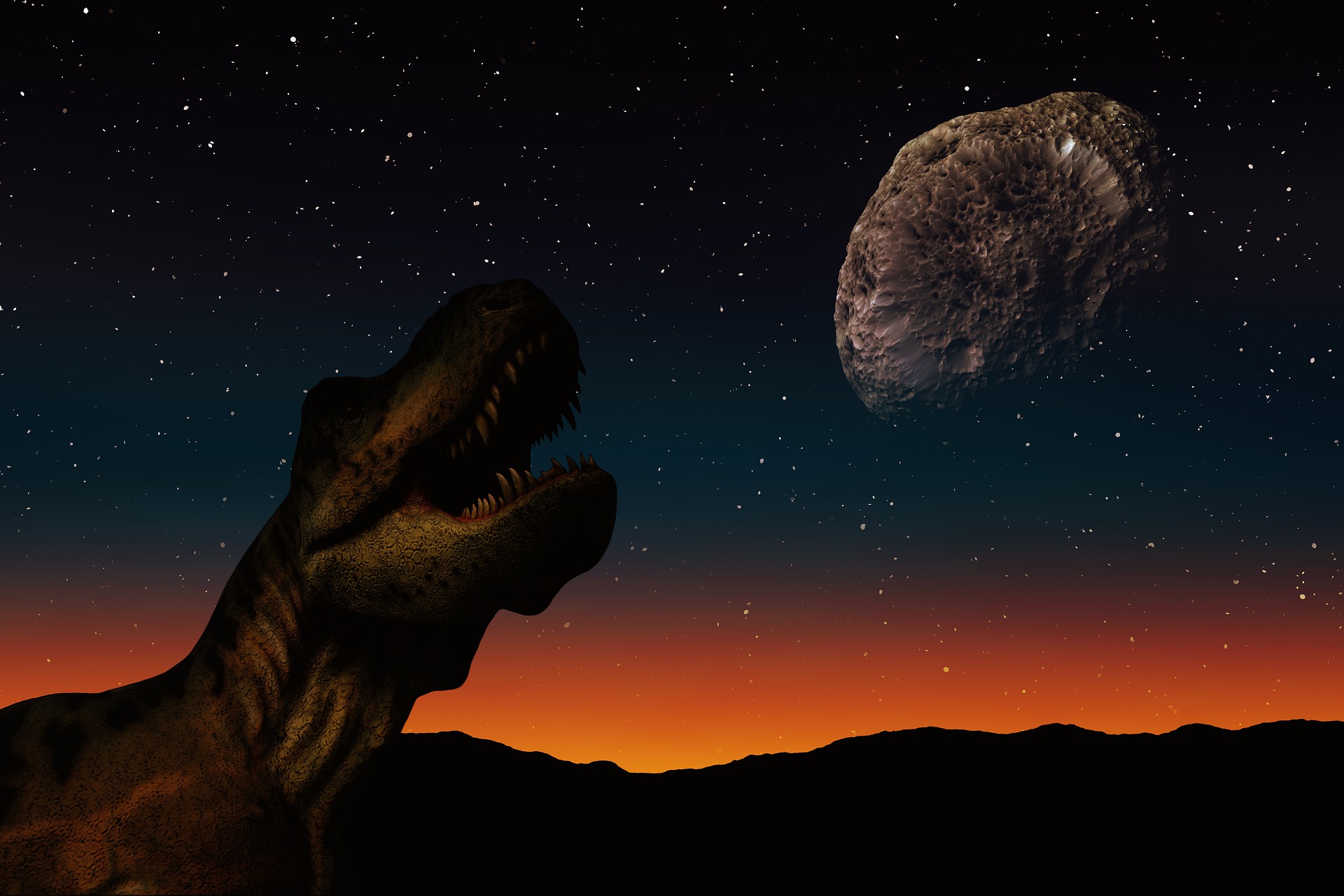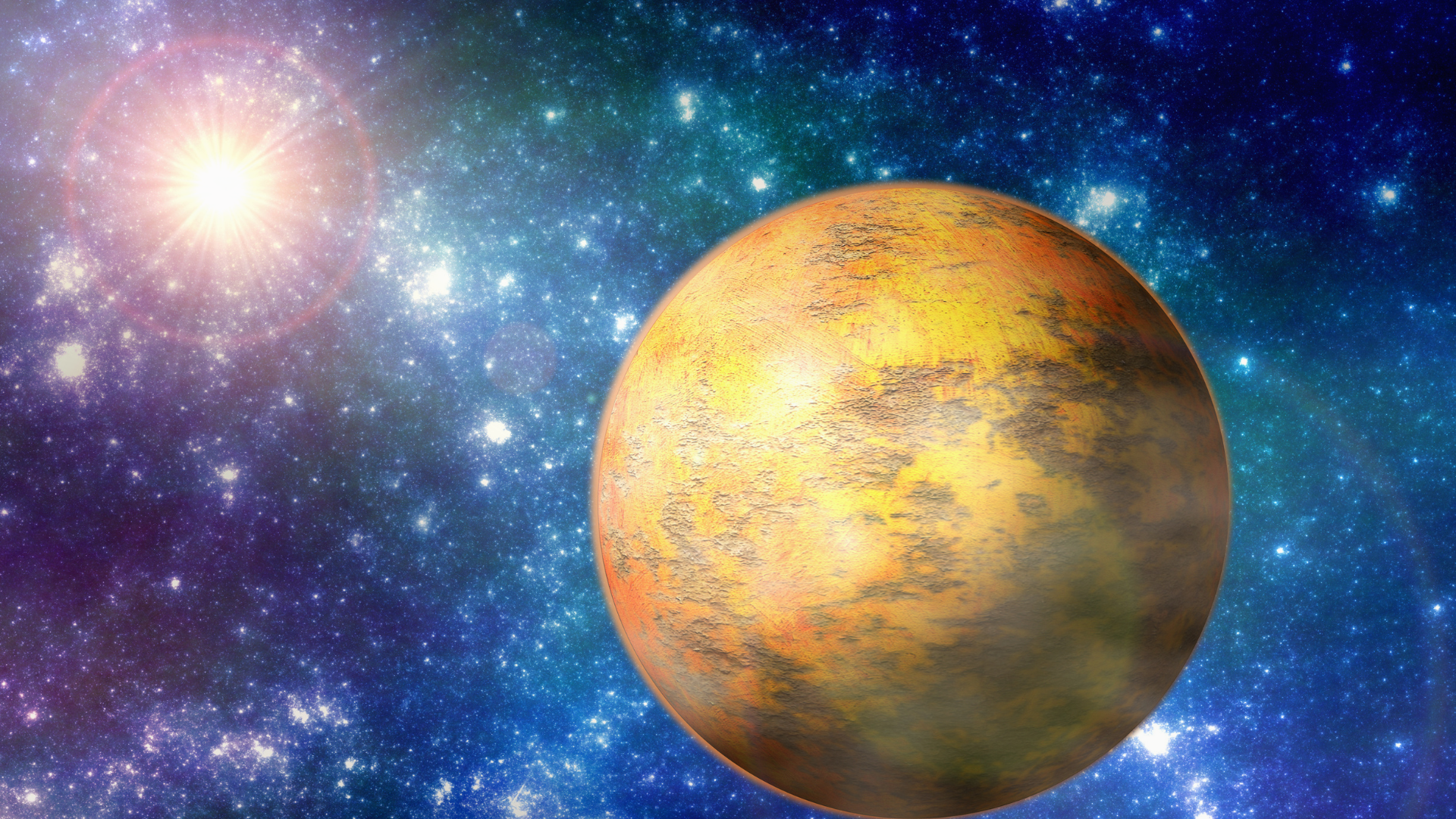A Cosmic Eye: Webb Produces a Mind-blowing Image of the Cartwheel Galaxy

Until the Hubble Space Telescope revealed it to some extent, we assumed that the universe would be full of beautiful mysteries, but we didn’t exactly know what it would look like. Now, NASA’s next generation James Webb Space(JWS) Telescope has begun to capture distant lights, enabling the human being to view things otherwise impossible. A new ‘Cosmic Eye’, the Webb’s powerful infrared gaze has recently produced a mind-blowing image of the Cartwheel Galaxy. In the detailed image, we can see the Cartwheel, located about 500 million light-years away in the Sculptor constellation, and two smaller companion galaxies against a backdrop of many other galaxies.
Galaxies: Characteristics, types and numbers
A galaxy is a huge collection of gas, dust, and billions of stars and their solar systems, all held together by gravity. Astronomers say almost all large galaxies contain supermassive black holes at their centers.
Astronomers have categorized galaxies into 4 main types: spiral, elliptical, peculiar, and irregular.
Our solar system lies in one of the arms of a large spiral galaxy called the Milky Way. We are in this quiet part of the galaxy, about half way out from the center. 100 000 years to cross from one side to the other. Astronomers estimate there are about 200 to 400 billion stars in the Milky Way alone.
According to Mario Livio, an astrophysicist at the Space Telescope Science Institute in Baltimore, Maryland, although estimates among different experts vary, an acceptable range is between 100 billion and 200 billion galaxies.
The biggest known galaxy, first described in a 1990 study from the journal Science is IC 1101, which stretches as wide as 4 million light-years across, according to NASA. Galaxies are often bound to each other gravitationally in groups that are called galaxy clusters.
Then, many galaxy clusters together make the largest structures of all: superclusters. Our supercluster, Laniakea, consists of approximately 100,000 galaxies, more than 10 times richer than the largest known clusters.
Recommended:
When Galileo Galilei used a telescope to study the Milky Way and discovered that it is composed of a huge number of faint stars, first proof of the Milky Way consisting of many stars came in 1610.
Although the first galaxies were identified in the 17th Century by the French astronomer Charles Messier, he at the time did not know what they were. While Messier was a keen observer of comets, he spotted a number of other fuzzy objects in the sky which he knew were not comets.
The farthest galaxy to date is GLASS-z13, which was recently viewed in the Webb Deep Field image, and has a redshift of z=13 (thus, its name). Thus, astronomers say it could be from just 300 million years after the Big Bang, making it the oldest galaxy we’ve ever seen!
Why is the Cartwheel Galaxy a rare sight?
Nasa says the Cartwheel Galaxy is a rare sight as its appearance, much like that of the wheel of a wagon, is the result of an intense event – a high-speed collision between a large spiral galaxy and a smaller galaxy not visible in this image.
In the image, we can observe how the collision affected the galaxy’s shape and structure. The Cartwheel Galaxy has a bright inner ring and a surrounding, colorful ring, both of which expand outwards from the center of the collision, like ripples in a pond after a stone is tossed into it. While this outer ring has a lot of star formation, the dusty area in between reveals many stars and star clusters. Why astronomers call this a “ring galaxy” is also because of these distinctive features – a structure less common than spiral galaxies like our Milky Way.
The bright core contains a tremendous amount of hot dust with the brightest areas being the home to gigantic young star clusters. On the other hand, the outer ring, which has expanded for about 440 million years, is dominated by star formation and supernovas. As this ring expands, it plows into surrounding gas and triggers star formation.
Unlike other telescopes, including the Hubble Space Telescope, that previously examined the Cartwheel, Webb, with its ability to detect infrared light, now uncovers new insights into the nature of the Cartwheel.
The Near-Infrared Camera (NIRCam), Webb’s primary imager, looks in the near-infrared range from 0.6 to 5 microns, seeing crucial wavelengths of light that can reveal even more stars than observed in visible light. Many individual blue dots seen in the galaxy are individual stars or pockets of star formation.
Why is the Webb image of the Cartwheel galaxy so important?
The Webb image is very important because it can tell us much about the life cycle of the giant cosmic bodies, including our own Milky Way galaxy. Learning finer details about the dust that inhabits the galaxy reveals that regions within the Cartwheel Galaxy are rich in hydrocarbons and other chemical compounds, as well as silicate dust, like much of the dust on Earth.
Webb’s observations have illustrated the transitory stage of the Cartwheel galaxy, which was presumably a normal spiral galaxy like the Milky Way before its collision. Nasa says, “While Webb gives us a snapshot of the current state of the Cartwheel, it also provides insight into what happened to this galaxy in the past and how it will evolve in the future”.
The world’s premier space science observatory and an international program led by NASA with its partners, ESA (European Space Agency) and the Canadian Space Agency, astronomers hope that the James Webb Space Telescope will solve mysteries in our solar system, look beyond to distant worlds around other stars, and probe the mysterious structures and origins of our universe and our place in it.
The James Webb Telescope is orbiting the Sun at a distance of a million miles (1.6 million kilometers) from Earth, in a region of space called the second Lagrange point. It was launched in December 2021 from French Guiana on an Ariane 5 rocket.
The Webb Telescope began releasing a new wave of cosmic images on 12 July, beginning a new era of space exploration.
First five Webb images of Carina Nebula, Stephan’s Quintet, Southern Ring Nebula, WASP-96 b and SMACS 0723:

Thanks to the cosmic window, the James Webb Telescope, for the spectacular view of the Cartwheel Galaxy and its surrounding, which ultimately can tell us more about how our own galaxy and its inhabitants came to be. Now, astronomers have got a stronger foundation for their research with the ‘cosmic eye’, Webb telescope and hope that it will in the future provide many more insights into the nature of our universe, including the role of gas escaping from supermassive black holes in galaxies.
The total project cost of the JWS telescope is estimated at $10 billion, making it one of the most expensive scientific platforms ever built, comparable to the Large Hadron Collider at CERN.


